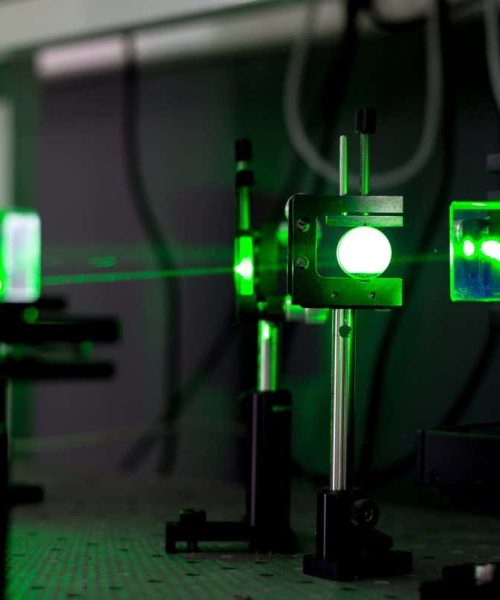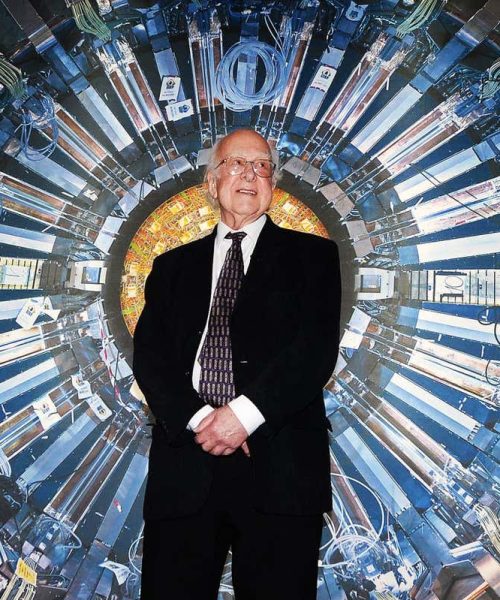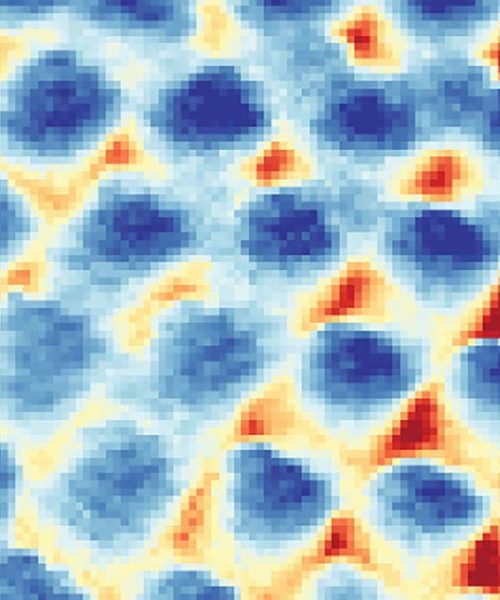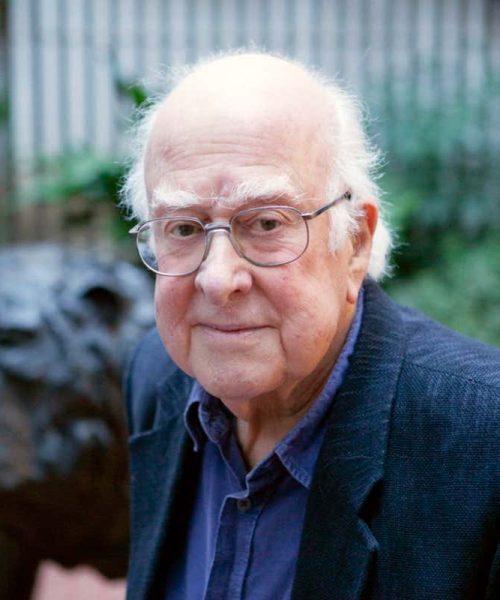
Nibali Nezzar
COSMOLOGICAL inflation is the idea that, in its first moments, the universe underwent a sudden, extreme expansion. This is widely accepted because it explains why space-time is almost perfectly flat and why matter in the cosmos appears so smoothly distributed on the largest scales. Or does it? The trouble is that there are many versions of inflation, most of which wouldn’t lead to the universe we observe – and the need for such “fine-tuning” of the theory to match observations makes some physicists nervous.
Among them is Neil Turok, former director of the Perimeter Institute for Theoretical Physics in Waterloo, Canada, and now at the University of Edinburgh, UK. Turok, alongside Latham Boyle at the Perimeter Institute, has proposed an alternative to inflation that can explain the evolution of the early universe without fine-tuning. In 2018, by taking seriously one of the deepest symmetries of nature, they arrived at a mind-boggling hypothesis: a mirror universe stretching backwards in time from the big bang.
An unobservable anti-cosmos is hard to swallow. It didn’t help that the observations of strange particles by the ANITA telescope in Antarctica, initially invoked as potential evidence for the idea, turned out to be a false alarm. But Turok and Boyle have developed their thinking. Now, following a flurry of papers, they argue that the mirror universe explains all the stuff that inflation can, but also several other mysteries, including that of dark matter and dark energy. They have even made testable predictions in an attempt to win over sceptics.
Thomas Lewton: Can you first explain how the idea of inflation became dogma?
Neil Turok: Inflation was based …





